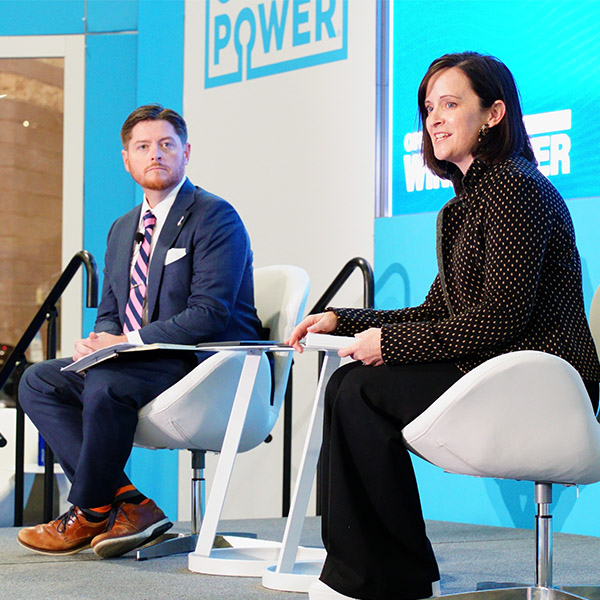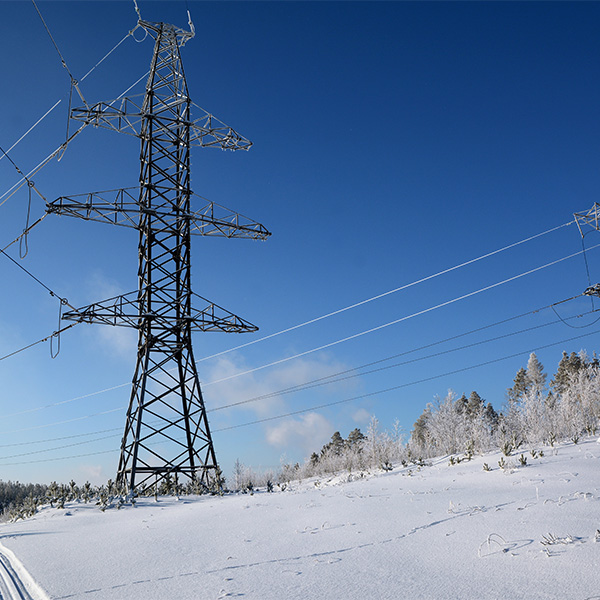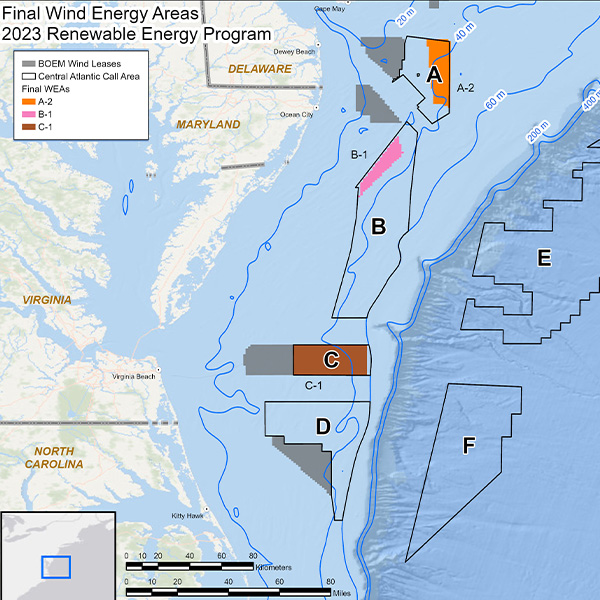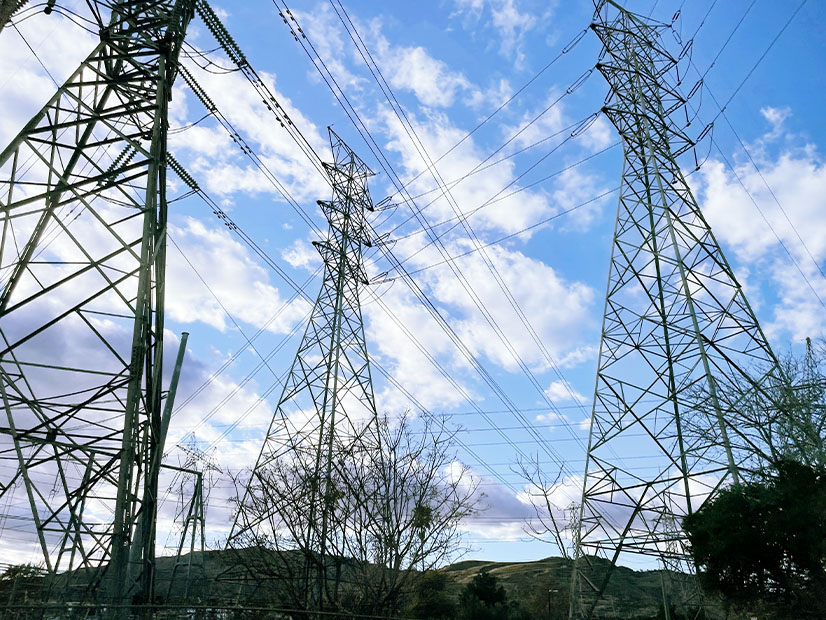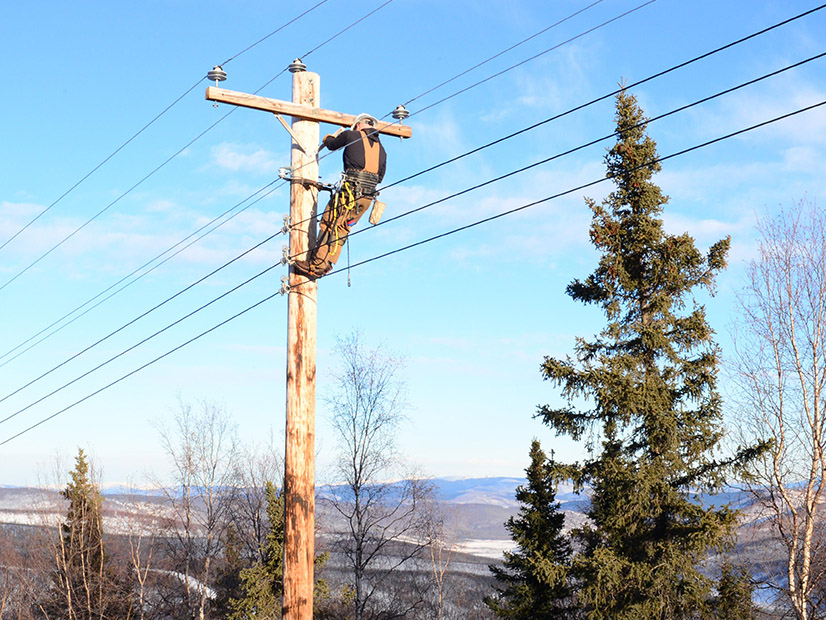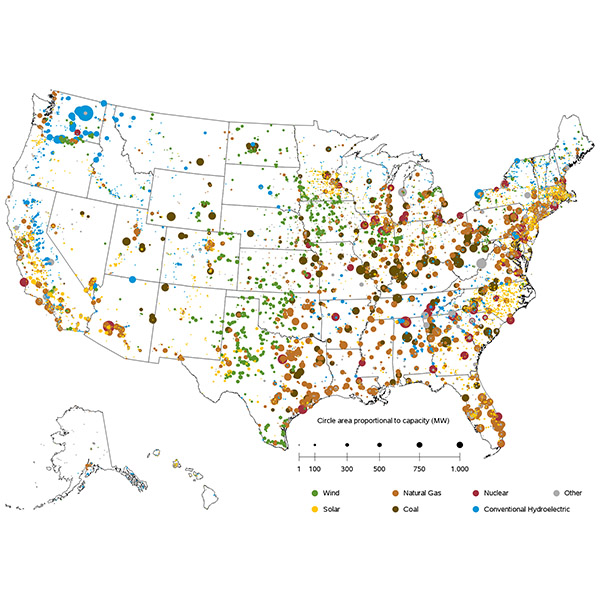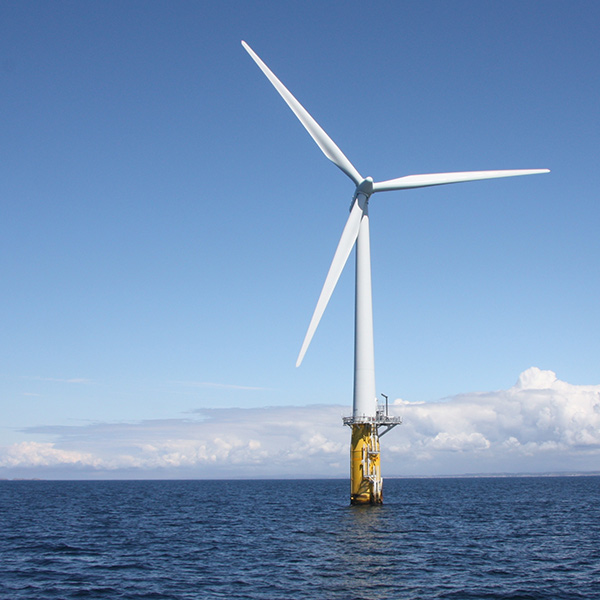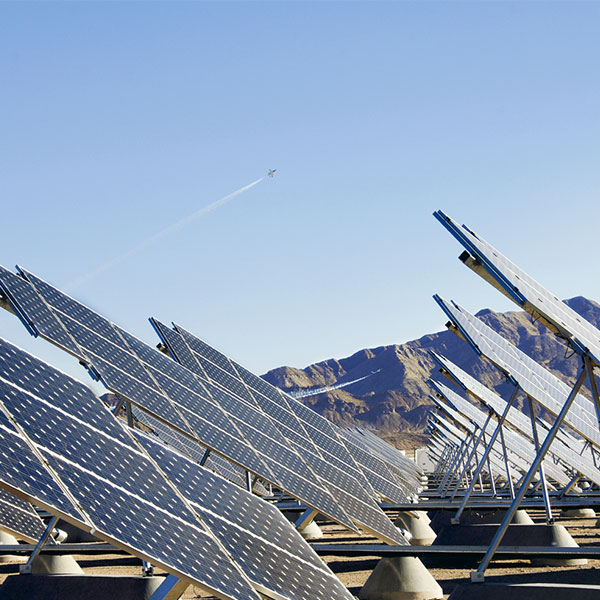U.S. Department of Defense (DOD)
With days left in his administration, President Joe Biden issued an executive order aimed at siting and permitting cutting-edge artificial intelligence data centers on federal land by 2027.
The U.S. Department of Defense and Bureau of Ocean Energy Management have reached a memorandum of understanding intended to improve the collaboration of offshore wind power development proposals.
With more than 300,000 buildings, the U.S. government is the nation’s largest energy consumer and “a steady customer prepared to make long-term investments,” GSA Administrator Robin Carnahan said.
Speakers on an ACORE webinar warned that the national security risks of electricity outages at military bases is unappreciated.
BOEM has drawn three new wind energy areas off the coasts of Delaware, Maryland and Virginia.
Officials from the departments of Energy and Defense expressed their concerns about the growing threats to the grid at a D.C. forum.
A new report from the Department of Energy found multiple areas for improvement on its coordination with utilities that serve U.S. defense facilities.
The U.S. government issued a request for information in its first step toward ensuring all its power consumption will be from carbon-free resources by 2030.
An early-stage proposal for offshore wind in California emerged at a state Energy Commission workshop, which also showcased powerful opposition.
The military has been among the leaders in seeking to make its facilities more resilient and adding renewable power, energy storage and microgrids.
Want more? Advanced Search

